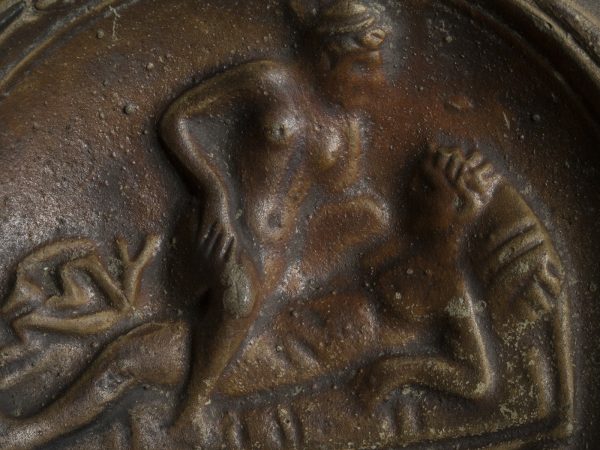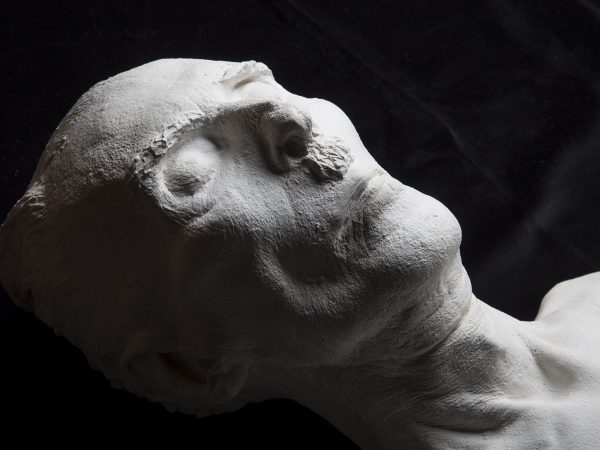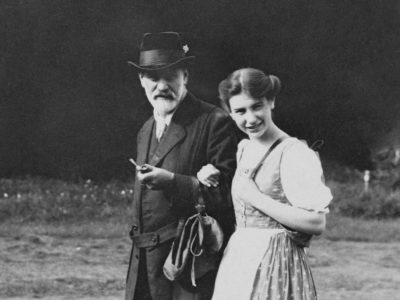The Wolf Man's dream is one of the most famous dreams in the history of psychoanalysis.
“Suddenly, the window opened of its own accord, and I was terrified to see that some white wolves were sitting on a big walnut tree in front of the window.”
It was the harrowing childhood nightmare of Sergei Pankejeff (1886-1979), who was one of Freud’s most famous patients. The dream is so famous that Pankejeff later became known as the ‘Wolf Man’.
The night before his 4th birthday, Pankejeff dreamed that he was lying in bed when all of a sudden the window swung open.
Peering out, he saw six or seven white wolves sitting in the tree outside his bedroom, their eyes fixed on him. Terrified by their gaze, he woke up screaming.
He made a sketch of the dream for Freud, and in later life produced several paintings of it, two of which are on display in the Freud Museum London.
This is one of Pankejeff's paintings of his dream:
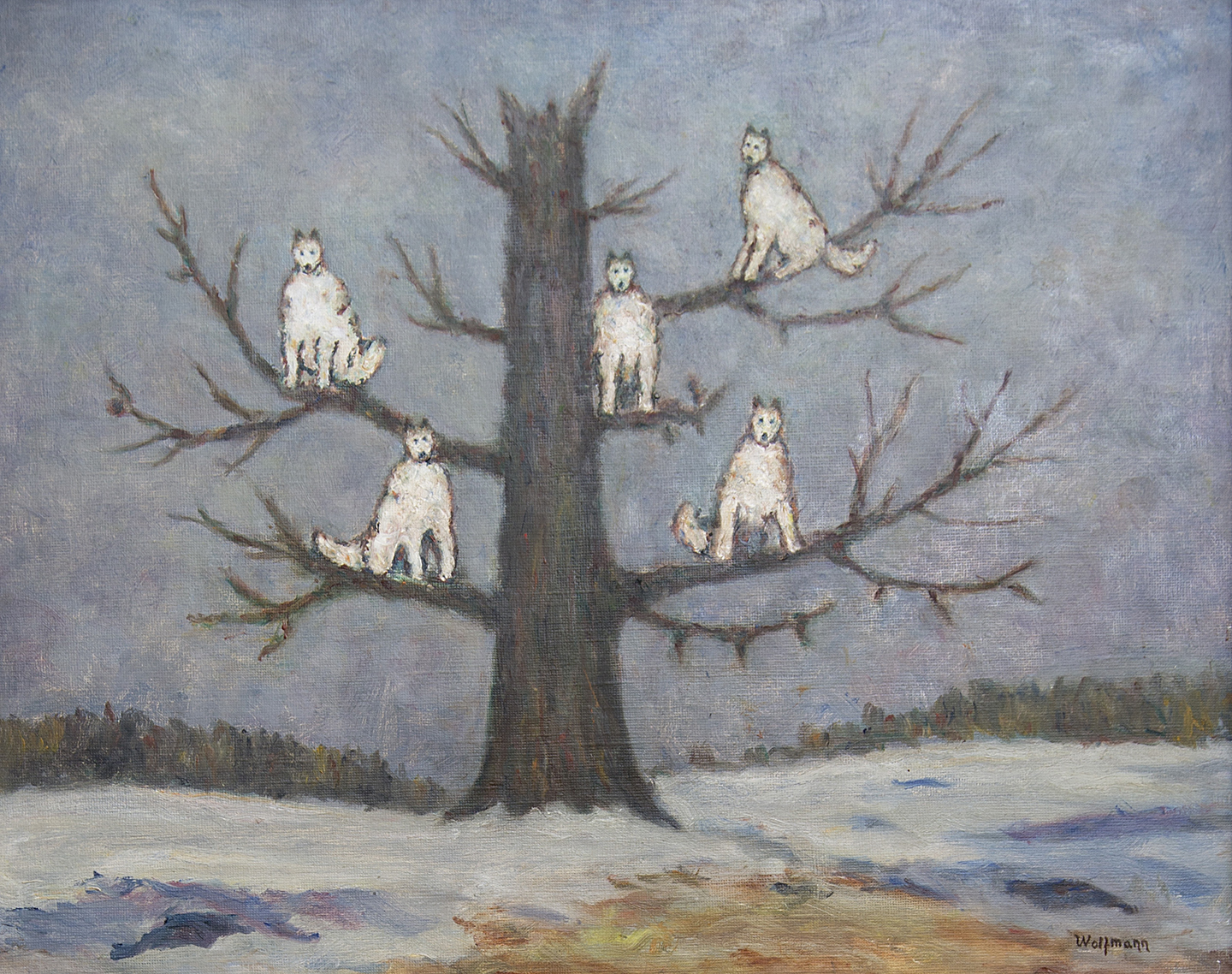
The Wolf Man’s Dream by Sergei Pankejeff
The dream intrigued Freud, who soon discovered that it marked a turning point in Pankejeff’s childhood.
In the months leading up to the dream he had been going through a ‘naughty phase’, but after the dream this was replaced by a period of intense anxiety.
A good deal of his treatment with Freud was devoted to unravelling this peculiar dream. What did it mean? And why did it bring about such a dramatic change in Pankejeff’s personality?
This resource explores the Wolf Man’s dream.
We will be considering:
- Sergei Pankejeff’s life
- The dream and its relation to his early childhood
- Freud’s method of interpreting dreams
- The meaning of the dream
- The Wolf Man’s later life
In this resource:
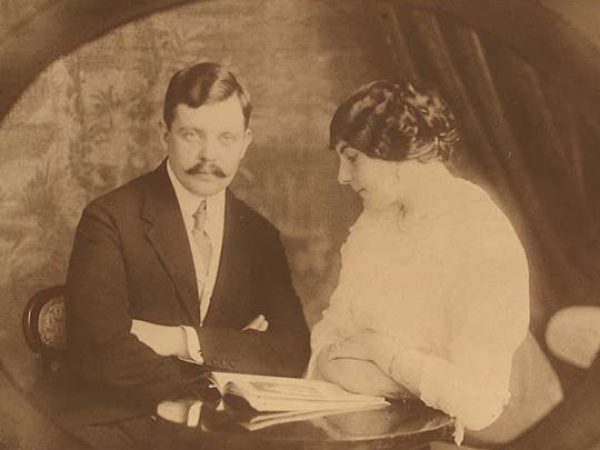
Chapter 2
Meet the Patient
Sergei Pankejeff's life, especially his childhood, and why he consulted with Freud.
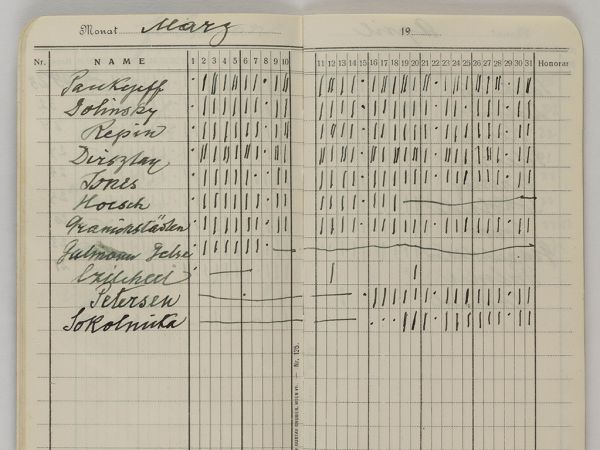
Chapter 3
The Analysis Begins
As Freud's analysis of Pankejeff progressed, a curious story began to unfold.
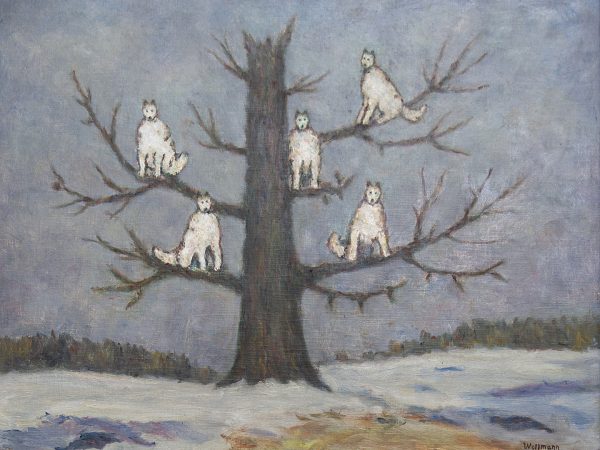
Chapter 4
The Dream of the Wolves
Freud's method of dream interpretation, as he applied it to the Wolf Man's dream.

Related resource
The Interpretation of Dreams
A guide to Sigmund Freud's theory of dreams and his method of dream interpretation.
